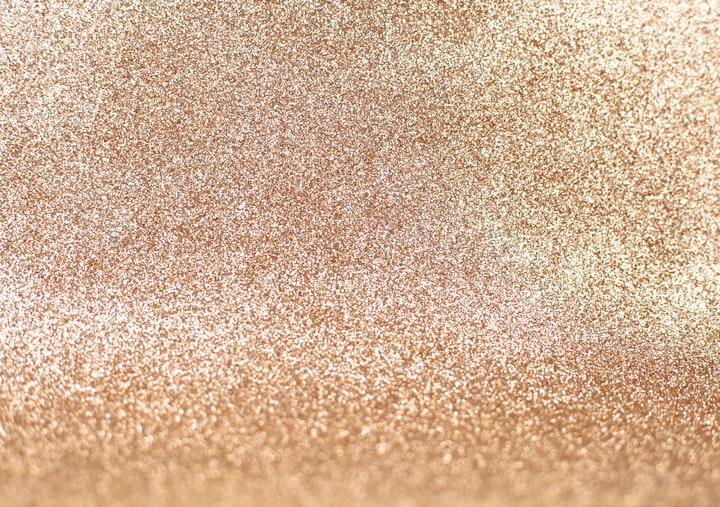
The psychological horror of "The Shining" and its exploration of the human mind:
"The Shining," directed by Stanley Kubrick and based on Stephen King's novel of the same name, is a masterful exploration of psychological horror. The film tells the story of Jack Torrance, a struggling writer and recovering alcoholic, who takes a job as the winter caretaker of the isolated Overlook Hotel. As Jack, his wife Wendy, and their son Danny settle into their new home, strange and terrifying events begin to unfold.
One of the most striking aspects of "The Shining" is its portrayal of the human mind and its capacity for evil. Through Jack's descent into madness, the film explores the darker aspects of human nature, such as addiction, violence, and the suppression of traumatic memories. Jack's gradual descent into madness is masterfully portrayed by Jack Nicholson, who delivers a chilling and iconic performance.
The film also explores the theme of isolation, both physically and emotionally, as the Torrance family is cut off from the outside world and forced to confront their inner demons. The Overlook Hotel serves as a metaphor for the human mind, with its winding corridors and hidden secrets representing the inner workings of the psyche.
"The Shining" is a film that continues to be celebrated for its masterful storytelling, visual style and its exploration of the human mind. It's a classic of the psychological horror genre, and its impact can be seen in many films that followed it.
The iconic imagery and symbolism in Stanley Kubrick's "The Shining":
Stanley Kubrick's "The Shining" is renowned for its iconic imagery and symbolism that has become ingrained in popular culture. The film is filled with memorable and striking visuals that have become synonymous with the film, from the now-famous "Here's Johnny!" scene to the spooky twin girls in the hallway.
One of the most striking images in the film is the Overlook Hotel itself. The hotel serves as a symbol of the Torrance family's descent into madness, and its winding corridors and hidden secrets represent the inner workings of the psyche. The hotel's maze-like structure and the play on the idea of a haunted house has become a staple of the horror genre.
The film also makes use of repetitive patterns and motifs, such as the recurring image of the number 42 and the color red. These recurring visual elements serve to underscore the themes of the film and add to the eerie atmosphere.
The use of symbolism also plays a big role in the film, the constant use of the color red, the imagery of the twin girls, the topiary animals, all serve to represent deeper meanings. The topiary animals for example, represent the hotel's past and the ghosts that haunt it.
Overall, Kubrick's "The Shining" is a visual feast that continues to be celebrated for its striking imagery and symbolism. The film's visuals have become synonymous with the horror genre and continue to be referenced and imitated in popular culture.
The influence of Stephen King's novel and Kubrick's film adaptation of "The Shining" on popular culture:
Stephen King's "The Shining" and Stanley Kubrick's film adaptation of the same name have had a significant impact on popular culture. The novel, published in 1977, quickly became a bestseller and solidified Stephen King's position as one of the most popular and influential horror authors of all time. The film adaptation, released in 1980, directed by Stanley Kubrick, was a critical and commercial success, and solidified Kubrick's reputation as one of the most visionary and accomplished filmmakers of his time.
The novel and the film have both had a lasting influence on the horror genre. The novel has been cited as a major influence on many contemporary horror authors and its themes of addiction, trauma, and isolation continue to be explored in the genre. The film, with its iconic imagery and symbolism, has become a staple of the horror genre and its influence can be seen in many films that followed it.
The film's use of music, special effects and camera techniques also had a lasting impact on the film industry. The use of the Steadicam in the film, for example, has become a staple in modern filmmaking.
In popular culture, references to "The Shining" can be found in various forms of media, from films and TV shows to music and video games. The film's iconic imagery and quotes have become ingrained in popular culture, such as the phrase "Here's Johnny!" and the twin girls in the hallway.
Overall, Stephen King's "The Shining" and Stanley Kubrick's film adaptation have had a lasting impact on popular culture, influencing the horror genre, film industry and popular culture as a whole.
The use of music in "The Shining" and its contribution to the film's eerie atmosphere:
The use of music in Stanley Kubrick's "The Shining" plays a crucial role in creating the film's eerie and unsettling atmosphere. Kubrick's use of classical music, such as pieces by Bartók and Ligeti, alongside the score composed by Wendy Carlos and Rachel Elkind, creates a sense of unease and tension throughout the film.
One of the most memorable musical moments in the film is the use of the piece "Dies Irae," a Latin hymn that is often associated with death and the Last Judgment. The piece is used in several key scenes, such as when Jack is typing at the typewriter, and when he is chasing Danny through the hotel. The use of this piece adds to the sense of foreboding and doom that permeates the film.
The use of the iconic music of "Midnight, the Stars and You" by Ray Noble and Al Bowlly during the ballroom scene also adds to the eeriness of the scene. The song, which was popular in the 1920s, creates a sense of nostalgia and longing, while also adding to the sense of unease as the scene shows the ghostly figures dancing.
Overall, the use of music in "The Shining" is a key element in creating the film's eerie atmosphere. Kubrick's use of classical music and score creates a sense of unease and tension that adds to the film's overall sense of dread and horror.
The performances of Jack Nicholson and Shelley Duvall in "The Shining" and their impact on the film's success:
The performances of Jack Nicholson and Shelley Duvall in Stanley Kubrick's "The Shining" were crucial to the film's success. Nicholson's portrayal of Jack Torrance, a struggling writer and recovering alcoholic who descends into madness, is iconic and chilling. His portrayal of Jack's descent into madness is masterful, and his delivery of the line "Here's Johnny!" has become one of the most iconic moments in the film.
Shelley Duvall's portrayal of Jack's wife Wendy is also noteworthy. Duvall plays Wendy as a vulnerable and scared woman, who is struggling to keep her family together as her husband descends into madness. Her performance is both emotional and powerful, and her portrayal of Wendy's fear and desperation adds to the film's sense of unease.
Both Nicholson and Duvall's performances bring depth and complexity to their characters, making them relatable and realistic, even as they unravel in a supernatural setting. Their performances have been widely praised and they have been considered as some of the best of their career.
The performances of Nicholson and Duvall are essential to the film's success as they bring credibility to the story and make the audience invest in the characters. Their performances add to the film's sense of tension and horror, making "The Shining" a chilling and unforgettable experience.






Comments
There are no comments for this story
Be the first to respond and start the conversation.